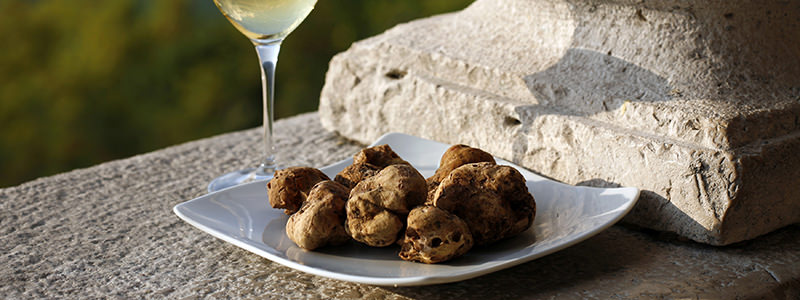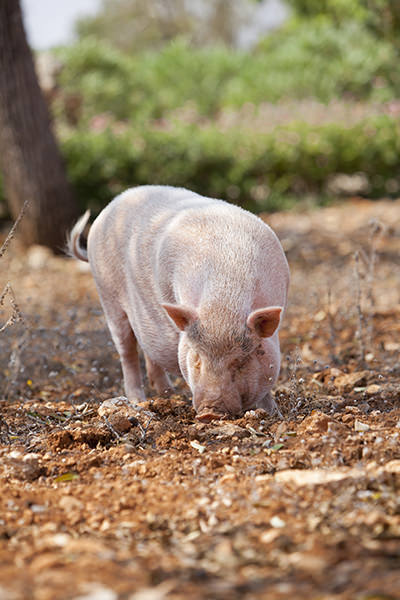
It’s no secret that we love truffles. Their mouth-coating, impactful flavors were born to be paired with medium bodied wines like French Burgundy, or Sauvignon Blanc. But unlike wine, truffles only come in one price range: expensive. Yet, people are willing to dish out hundreds of dollars for a small taste of these remarkable mushrooms. And what makes them so expensive historically is how hard they are to find which means truffle purveyors usually have to resort to specially trained pigs and dogs to hunt these precious funghi down.
But humans have tried to make cultivating and discovering truffles easier by planting truffle groves however doing so has been a historical struggle. The difficulty of domestication, combined with the limited geographical areas of truffle growth, make truffles expensive – really expensive. A pound of white truffles can go for $6,000. But what if truffles could be farmed consistently, and in non-traditional regions? The price would most likely come down. That’s the task Israel is setting out to explore.

Researches at Ramat Negev Desert Agro-Research Center in southern Israel are attempting to grow Terfezia boudieri, a desert truffle that’s considered scrumptious in North Africa and the Middle East. Though it’s not the same as the European truffles we’re used to, the researchers are intent on cultivating a mushroom that tastes like the Middle East.
This desert truffle grows alongside the roots of a bush called Helianthemum sessiliflorum, known as Shimshon yoshev in Hebrew and it’s this relationship that allows for the truffle’s potential year-round cultivation. The way the Shimshon yoshev bush and the truffle fungus work together is fascinating. The bush gives the truffles sugars from photosynthesis, and the truffles help the bush absorb water and other nutritious chemicals. But the relationship does not always work harmoniously – if the bush is too healthy and hydrated, it stops needing the truffles. Therefore, the bush needs to be suffering for the truffles to take effect, much like hazardous conditions can create good wine.
Researcher Yaron Sitrit explains that in recent weeks, the researchers have found the most effective type of Shimshon yoshev bush to host the truffles. Now the trick will be figuring out what makes growing conditions optimal to create a consistent crop. If Israel were to be successful in these endeavors, that means truffles would grow year-round, trumping the seasonal truffle harvest of Europe.
If a huge crop of farmed truffles is around the bend and basic supply and demand takes effect, they’re bound to get cheaper. We can only wait for the day we can regularly shave truffles into our pasta and on top of our pizza, and we’ll have our wine waiting.
(h/t Haaretz)
Images via Shutterstock.com
